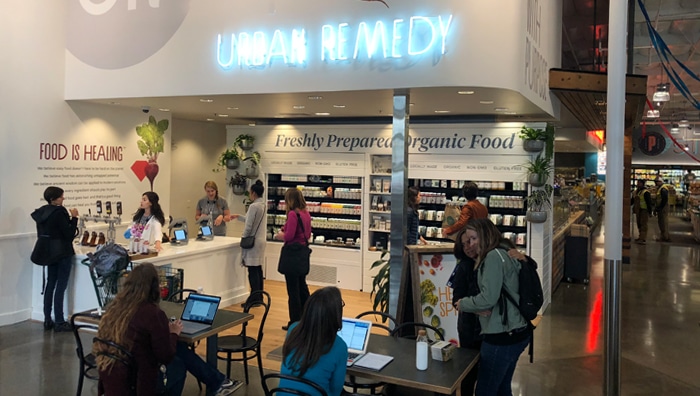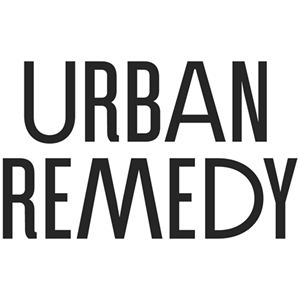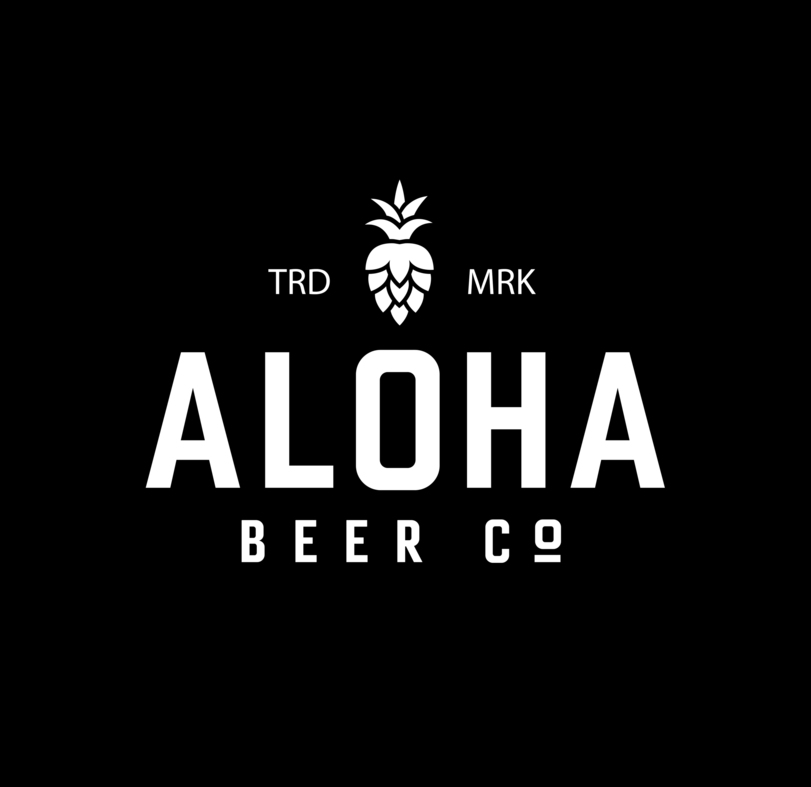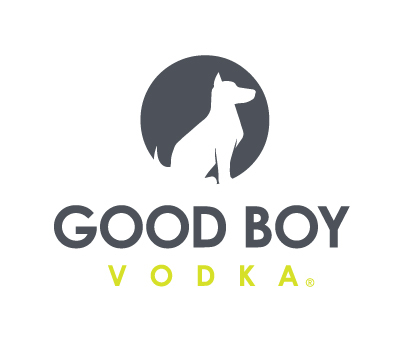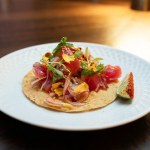Urban Remedy Enters the East Coast Via WFM Partnership
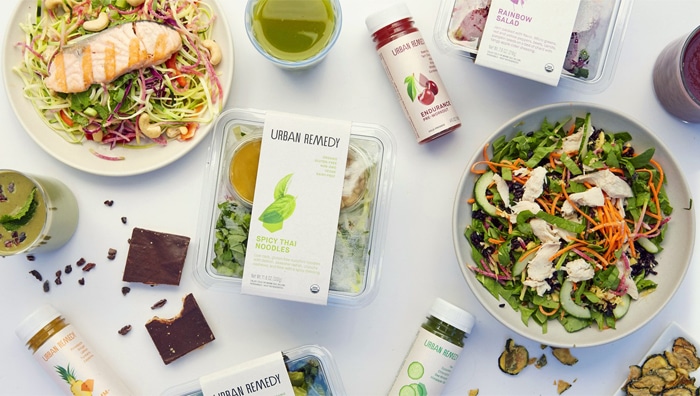
In 2018 Paul Coletta, the CEO of ultra-fresh food and beverage producer Urban Remedy, told NOSH that he would take the company into new markets beyond California — despite the risks and difficulty in doing so. Now, nearly a year to the day, it appears Coletta is following through on that promise. The company officially announced today it will launch into the New York metro area via a partnership with Whole Foods Market.
Starting July 31 and rolling out over the next month, Urban Remedy will deploy its end-cap coolers into 18 Whole Foods locations that will sell a variety of its juices, snacks and ultra-fresh meals.. The items in the kiosk have an average price point of $9. Urban Remedy has also begun to copack Whole Foods’ private label juice in the Northeast region, which it already does in California.
The partnership comes after Urban Remedy achieved profitability in its Northern California market, posting an average annual growth rate for the trailing three years of over 80%. Given its performance on the West Coast, Coletta said that the company wanted to quickly establish a presence on the East Coast.
“We felt we needed to plant a flag in New York to establish a beachhead there in the Northeast sooner rather than later,” Coletta told NOSH. “We all know the consumer’s need state is for fresher, cleaner, more convenient food. We believe we’re not the only ones seeing this trend and we wanted to be in the second most important market ahead of the competition.”
New York was selected for a variety of reasons, most importantly because the market has the second highest ACV in natural grocery just behind California. Coletta added that Whole Foods has some of its largest stores by volume in the market.

By the end of the year, the company plans to add kiosks to double the amount of Whole Foods locations . The natural grocery chain has a six-month exclusive with Urban Remedy for the Northeast, although Coletta said there is more than enough opportunity in the retailer alone. In 2020, Coletta said, Urban Remedy plans to explore launching some individual SKUs into retail partners — like it has in California Costco and Amazon Go locations, and on e-commerce retailer Good Eggs — as well as expand into three to four new markets, all within a ten hour drive of the company’s production facility in New York state.
That facility will produce all of Urban Remedy’s ultra fresh meal items, as well as ship direct-to-consumer orders on the East Coast. But the brand’s juices and snacks (which both have longer shelf lives) will still be made at its flagship production facility in Richmond, Calif and then shipped across the country.
Many of Urban Remedy’s items have a four to five day shelf life; However, just because the focus on ultra-fresh is staying, doesn’t mean the model hasn’t changed at all. Unlike Urban Remedy’s 35,000 square foot Richmond facility, the New York production facility is a “dedicated” production space inside a larger copacker’s factory.
While growing in retail, for the North East, Urban Remedy plans to prioritize kiosks over stand alone brick and mortar stores. The brand has 18 retail locations in California, with plans to add more in Los Angeles.
“I don’t think brick and mortar is dead but I think it is evolving rapidly,” Coletta said. “The successful retailer in the future is thinking about the customer experience and the high engagement model and not a transactional model.”
Coletta added that the “payback” on kiosks is much faster than retail locations with the kiosk’s average sale at $18.
However, what he does hope to launch is store-within-a-store concepts in the North East like the brand has in Berkley and Concord, California Whole Foods locations. For these stores, Urban Remedy handled display buildout and manned the stores with its own employees, but doesn’t have to do the initial real estate development nor as much marketing. Over time, Coletta said, he has realized that the Whole Foods shopper is very similar to the Urban Remedy shopper. Being in the retailer drives trial and awareness, as well as gives the product line a halo effect from being associated with the Whole Foods brand.
“Building a standalone store requires you as a retailer to acquire that customer and drive them into your front door,” Coletta said. “When you’re in a larger operation that has built in traffic, and it’s complimentary consumers, it works for you and it works faster.”
Coletta explained he felt confident evolving the model after the brand opened in Southern California with only one retail store and over fifty kiosks. Still, he said, the company aims to make sure in the Northeast its products are stocked in branded coolers in retail, rather than diffused across the store.
Like in California, Urban Remedy will use a “consignment” model in which it owns all products until purchased by the consumer. While this de-risks the concept for partners such as Whole Foods who might worry about product expiring before it can be sold, it also helps Urban Remedy maintain a strong understanding of what products are moving and which need to be replaced with different SKUs. The sales data instead is fed into a real time inventory management system and ultimately reduces the company’s biggest risk — food waste.
“Waste has been what makes this so hard to do for so many brands before us,” Coletta said. “To this day, we have not cracked the code on ultrafresh at scale…. We believe we have the people, we have the investors, we have the strategic partnerships to get there, but we’re not there yet. We’ve got more room to go.”
In addition to scaling geographically, the company has also added to its headcount, most notably hiring Kirk Connors of Bare Snacks as COO and Nick Van Beurden, previously of Annie’s, as VP of finance. The company also closed an incremental round of financing from its existing investors. In January 2018 Urban Remedy raised $17 million in a round led by General Mills’ venture arm, 301 Inc. Coletta declined to disclose the exact amount raised in this most recent round, he told NOSH it was less than the 2018 round.
Although the company didn’t want delay on entering the New York market, Coletta said competition remains fragmented. While Juice Press and Pressed Juicery are tackling the juice side of the business, salad and fresh meals competitors include everyone from Sweetgreen to Dig to sandwich shops that also offer fresh-made salads. Coletta said he was surprised when originally evaluating the Northeast market to find the company had an even stronger point of difference then in California, musing that it was “exciting and terrifying” to realize they were trying to do something no one else has cracked the code on how to achieve.
Still, Coletta said, all the steps over the last six years have led Urban Remedy to a place where the company is ready for this next challenge.
“The complexity is the moat to our business,” Coletta said. “I can’t think of anyone at our scale and at our quality level still standing. And that’s because it’s really hard and I say that with a lot of humility.”
